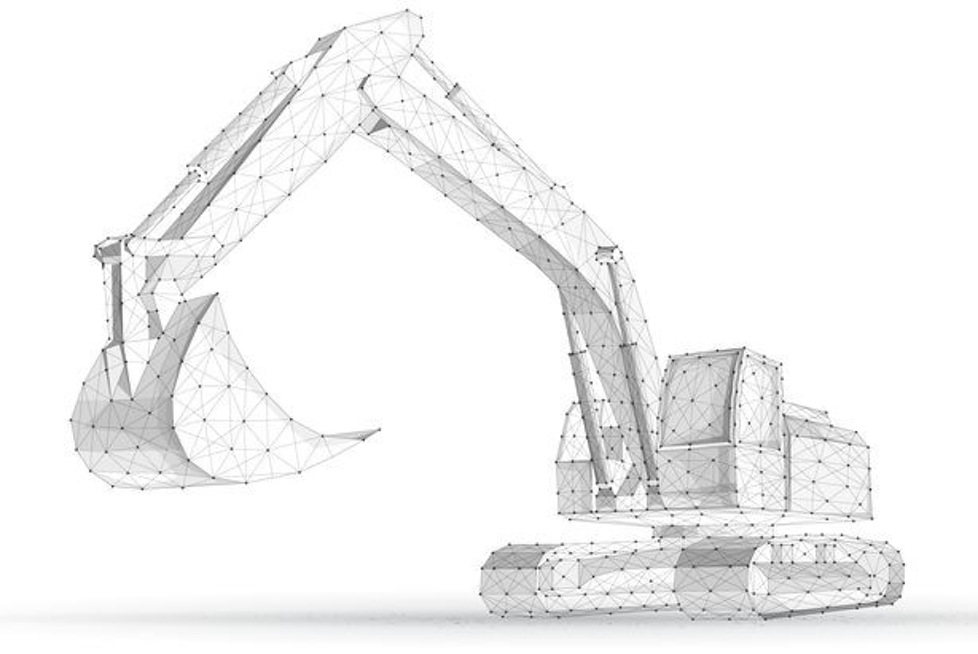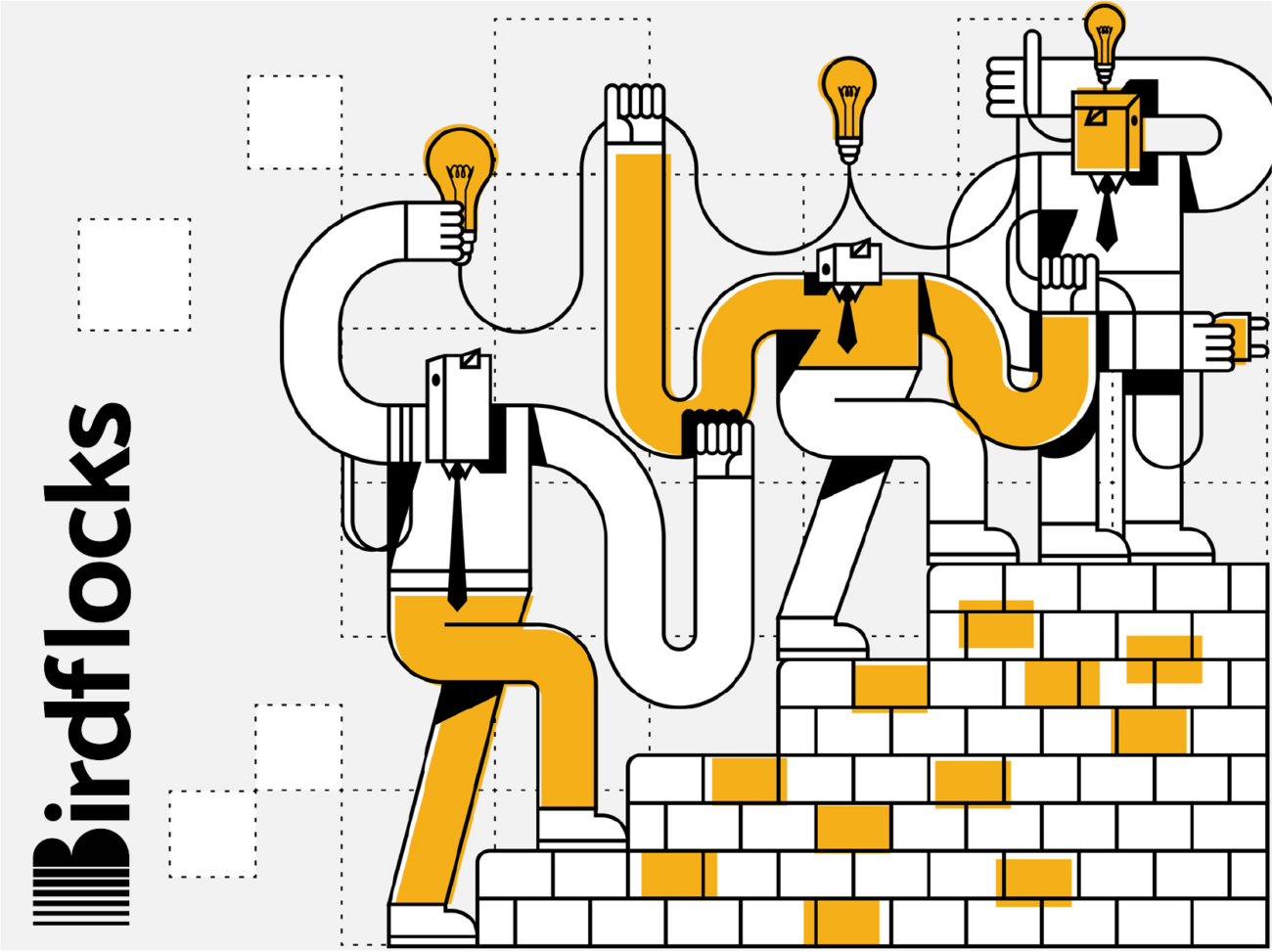Follow Concert on LinkedIn for more on the digital future of architecture.
New innovations are rapidly changing the fundamentals of the jobsite. According to Andrew Anagnost, CEO of Autodesk, all building projects will be fully digitalized in the post-COVID economy driven by new developments in design software, robotics, machine learning, artificial intelligence, common data environments, and more. Many of these technologies are already being applied in the form of robotic process automation (RPA) technologies like sheetrock and brick-laying robots, while contractors are live-testing autonomous cranes, bulldozers and excavators. Robots, drones and sensors are also being used in field management to measure construction progress, material conditions and quality of work.
To successfully function all of these emerging technologies and services require authentic, trusted data sourced from the architect and engineer’s original building information models and data assets. This fact elevates the importance of design data as an essential part of the construction supply chain. To be in possession of the wrong data adds cost and risk.
The data supply chain begins in the design phases. In the emerging era of digitalized architecture and construction, design data is created to be actively shared and consumed. It begins with a building information plan created by the architects and engineers. This plan ultimately leads to the Building Information Model (BIM), Specifications, and a wide variety of other documents and digital assets. Ideally, these data assets are actively exchanged through multiple common data environments (CDE’s) to be shared across a variety of project stakeholders including product manufacturers, consulting engineers, local building authorities, building owners and the construction team. Through this early data exchange cost and constructability can be analyzed with feedback to the stakeholder group thus forming the initial data supply chain.
Once construction commences new technologies will increasingly be driven by design data. Excavators will rely on real-world coordinates derived from models to dig foundations and grade the earth. Autonomous robots will 3D scan the jobsite and compare as-built project data against the design model. Brick laying robots will derive the brick coursing and patterning from data supplied by the architect. Automated layout marking robots will inscribe stud wall layouts on floor slabs while we sleep so that stud framers can get right to work when they arrive on site. Trusted, real-time data is the central requirement for all of these new processes and innovations. Its absence will lead to costly rework and time delays.
Once manual and automated work is synthesized on the modern jobsite, a new set of progress indicators comes into the picture in the form of drones, robots and sensors. This data can give a critical picture of the current state of the jobsite, note progress and obtain critical failure points. The data also needs to be incorporated into the digital equivalent so that it can continue to be an accurate reflection of the status of the job.
Most of these technologies should be used at the discretion of the general contractor. Only they can properly estimate the cost and risk associated with jobsite choices. Likewise, they are most needed to ascertain job status and provide owners with updates on progress. Nonetheless, the digital model and ancillary files need custodianship and quality assurance. This has traditionally been a role for architects who visit jobsites and consult with the general contractor about variances from the original plan. In the digital age, this quality assurance can be improved for less cost and with a more consequential outcome.
As these technologies come online, project stakeholders will inevitably have to manage an intensive data supply chain streaming in and out of the worksite. Project managers will need an entirely new set of tools to manage their data and processes to maintain efficiency and productivity.
Essential capabilities will include:
- ability to authenticate data authorship and versioning
- ability to digitally sign and authorize use of a data file
- ability to confidently exchange the data between common data environments
CONCERT is the tool that fulfills all of these capabilities. Serving as a specialized data exchange between common data environments, CONCERT provides an essential trust mechanism that ensures that exchanged data is authentic, maintains integrity, and has the appropriate credentials and/or authorizations to be used for construction.
In our next article, we will discuss the importance that data exchange will have after construction – in the next 30 years of the building’s life cycle.
Follow Concert on LinkedIn for more on the digital future of architecture.





